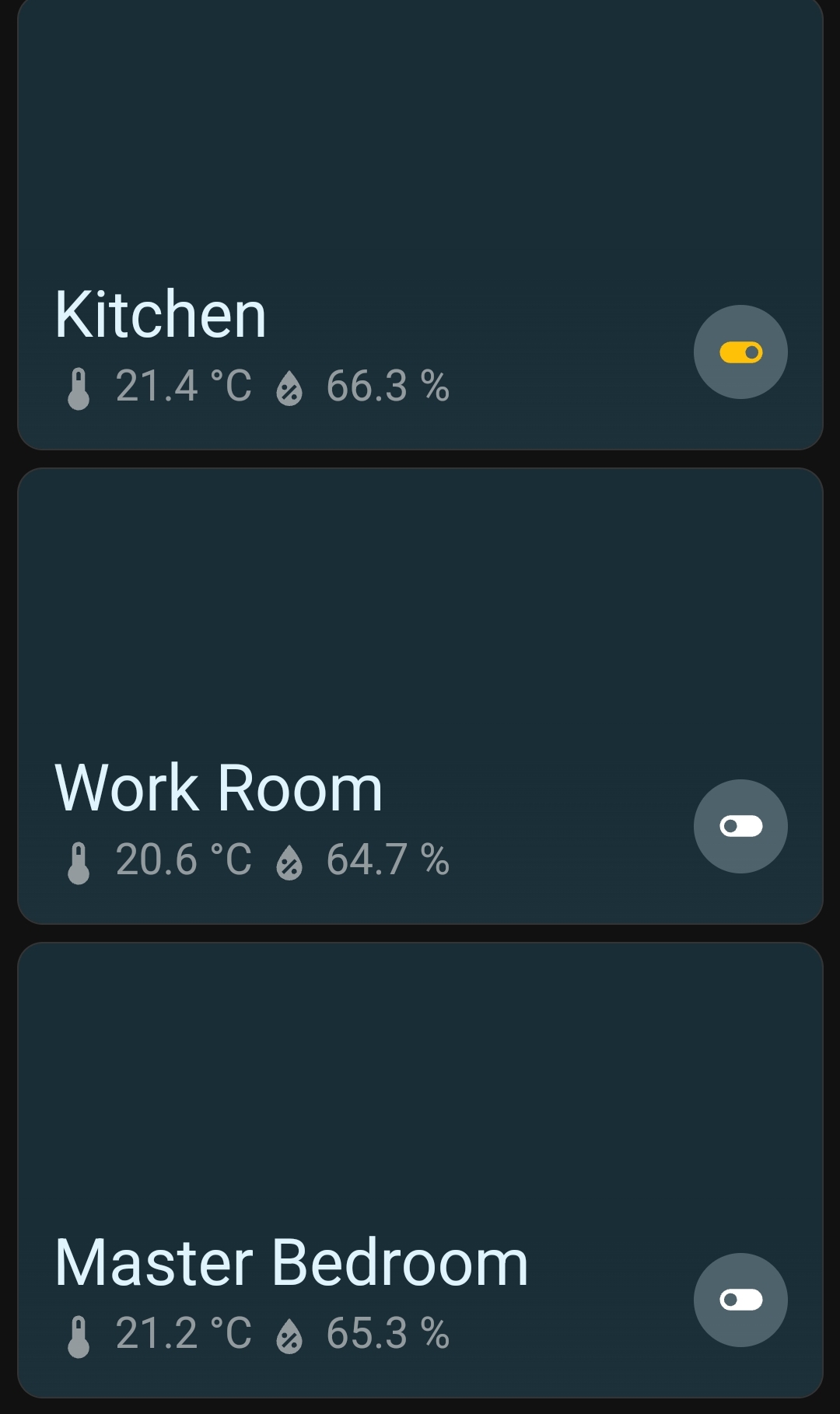What do you mean exactly you ventilating. Mechanical ventilation?
Modern houses NEED mechanical ventilation. It's a travesty that new houses in NZ don't come with mechanical ventilation as standard, as is done in the rest of the developed world.
It's pretty obvious if you think about it. Seal the house well, well insulated, double glazed. How will the moisture leave without ventilation. This is why modern houses NEED mechanical ventilation. Older houses don't need mechanical ventilation because the house is already leaky.
And not the silly DVS thing. I don't want rat infested air from my attic thank you. I don't care how good the filters are. Ventilation from the outside please.
What this looks like is intake vents in the soffit, a duct, and fan that pumps fresh air in for positive ventilation. Our you can do negative pressure where it pumps out, or balanced where you have air coming both in and out. You can install a mechanical heat recovery system if the house gets cold.
Full HVAC includes ducted heating/cooling.
TLDR: your house is humid because it's well sealed and the builders couldn't be bothered putting in mechanical ventilation because we are 20 years behind the rest of the world.
If you already have mechanical ventilation then it is likely not installed properly. Just putting it in doesn't necessarily mean it's sized correctly for example.
